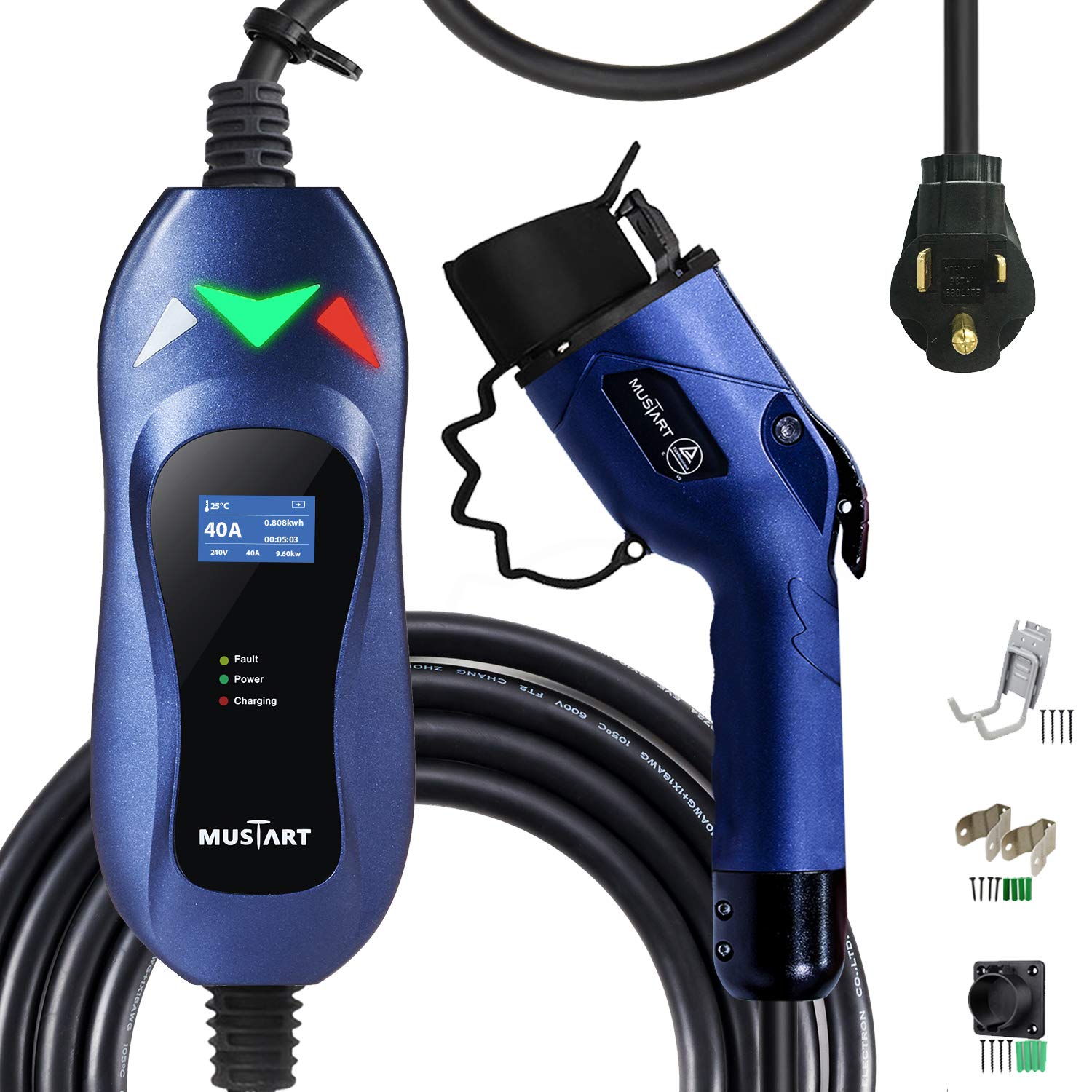When you’re shopping for a gas-powered car, one of the first things you look at is miles per gallon. With electric vehicles (EVs), that kind of comparison gets tricky. There’s no gas tank, just kilowatt-hours, and for most drivers, that math feels a bit... abstract.
Yes, EVs often cost more upfront. But if you're trying to figure out what you’ll actually spend day-to-day, charging an electric car at home is often much cheaper than fueling a traditional gas vehicle. Let’s break it down—without the jargon.
The Real Cost of Charging Your EV at Home
There are two things to think about when calculating the cost of home EV charging:
- The cost of the charger and installation
- The cost of the electricity to charge your car
Installing a Home Charging Station
If you’re using the basic Level 1 charger that comes with your car, you're getting a trickle of power—think 4 to 5 miles of range per hour. That’s fine if you’re not driving much, but most EV owners upgrade to a Level 2 charger.
A good Level 2 charger, like the Mustart Level 2 EV Charger (48 amps), can fully charge your vehicle overnight and add up to 30–40 miles of range per hour. It runs on a 240V outlet (like the one your dryer uses), which many newer garages already have. If yours doesn’t, hiring an electrician to install one is usually a one-time job that pays off quickly.
Installation costs vary depending on your home’s wiring and the distance from your breaker box to your charger, but expect to spend a few hundred dollars for labor, plus the cost of the charger itself.
How Much Does It Cost to Charge an Electric Car?
Now to the electricity part. According to the U.S. Energy Information Administration, the average cost of electricity in the U.S. is about 14 cents per kilowatt-hour (kWh).
Most EVs get between 3 to 4 miles per kWh, so if you drive 1,000 miles in a month, you’ll use around 250 to 330 kWh. Multiply that by your local rate (we’ll use $0.14), and you’re spending roughly $35 to $45 a month on “fuel.” That’s a lot less than what most people pay at the gas pump.
According to a 2021 AAA report, the average EV driver spends about $546 per year to power their vehicle, compared to $1,255 per year for a gas-powered car. That’s more than double the cost for gas—and a big win for EV owners.
Can I Save More?
Yes. Here’s how:
- Charge at night: Many utility companies offer off-peak rates at night. If your rate drops to 10 cents/kWh or less, your cost to drive plummets.
- Use public charging smartly: Charging at work or in places that offer free EV charging (like some offices, malls, or hotels) can save you money.
- Watch your driving habits: Efficient driving and route planning can reduce how often you charge.
Is a Home Charger Worth It?
Absolutely. Not just for cost savings, but for convenience. Being able to plug in at home and start each day with a full battery is a game-changer. And with chargers like the Mustart 48-amp Level 2 EV Charger, you’re getting a powerful, dependable setup without needing commercial-grade gear.
The Bottom Line
While the cost of installing a charger and the price of electricity can vary, the total cost of ownership for an electric car—especially when you’re charging at home—is typically lower than that of a gas-powered car. Over time, the savings on fuel and maintenance add up.
Electric vehicles aren’t just about going green—they’re also about spending less. If you drive regularly and want a reliable way to keep your EV charged, a Level 2 home charger is one of the smartest upgrades you can make.


